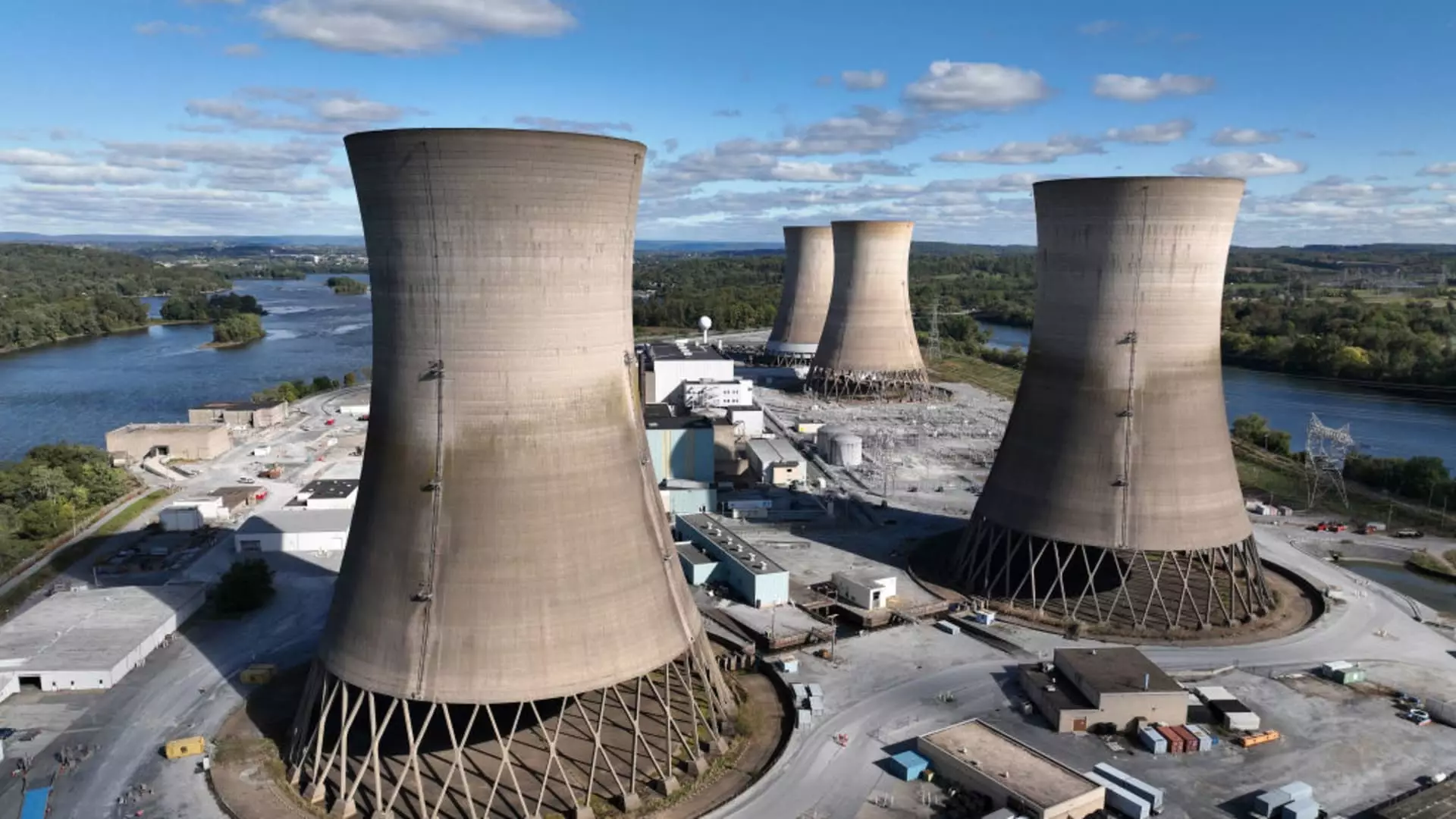As we move further into the 21st century, the energy landscape is evolving, presenting new opportunities and challenges. The increasing demand for electricity driven by advancements in technology, particularly artificial intelligence (AI), has heightened the need for reliable and sustainable energy sources. In this context, small modular reactors (SMRs) represent a pivotal development in nuclear technology, offering a promising alternative to traditional energy generation methods. However, while SMRs hold significant potential, various hurdles stand in the way of their comprehensive commercialization.
Small modular reactors are compact, scalable nuclear reactors that are designed for enhanced safety, reduced capital costs, and accelerated construction timelines. These characteristics make them particularly appealing in today’s energy market, where speed and budget efficiency are paramount. Historically, the nuclear sector has struggled with high initial construction costs and complex regulatory frameworks. SMRs aim to circumvent these issues by utilizing modular designs that can be factory-produced, thus streamlining the development process.
Despite these advantages, the move toward the commercial viability of SMRs has been slow. This shift is no longer just about managing traditional energy sources, but rather involves embracing a commitment from tech giants like Amazon and Alphabet’s Google. These companies are now betting on nuclear technology to secure a sustainable energy future, acknowledging the critical role that a fossil-free fuel supply will play in their operations, particularly in powering expansive AI infrastructures.
Tech Powerhouses Investing in Nuclear
The entry of major tech firms into the SMR market underscores a decisive change in the energy dialogue. For instance, Google’s recent agreement to purchase electricity generated from Kairos’ small modular reactors signals a strong endorsement for SMR technology. This collaboration reflects a trend where companies become more proactive in defining their energy strategies while promoting low-carbon solutions.
Moreover, Amazon has committed over $500 million to the advancement of nuclear technology, which could catalyze significant growth in the sector. Analysts foresee that, if tech companies adequately drive demand, the market for SMRs could soar to between two and five gigawatts by 2035. This surge could translate into the deployment of several new reactors, laying the groundwork for a substantial shift in how electricity is generated and consumed.
While the tech sector shows enthusiasm for SMR technology, traditional utilities have remained cautious. The potential for high initial costs has made utility companies hesitant to invest in pioneering nuclear projects. Their intrinsic responsibility to shareholders drives them to prioritize economically sound decisions, often sidelining the long-term benefits that innovative solutions like SMRs can provide.
However, as pressure mounts for sustainable practices and decarbonization across various industries, utility companies may begin to reconsider their stance. The changing energy demands of a digitally-driven society combined with an urgency for reliable power sources could catalyze a paradigm shift in how these institutions approach investments in nuclear technology.
Current market conditions present limited options for investors seeking exposure to SMRs. Major players like NuScale and Oklo are leading the charge but face their own sets of uncertainties. While both companies have experienced significant stock fluctuations—NuScale has appreciated by 54% in recent months and Oklo has seen its shares more than double—investor confidence remains tentative. The viability of technologies and business models at this stage is still largely speculative.
NuScale’s prior attempt to establish a small modular reactor project in Idaho ended with cancellation, a sharp reminder of the risks associated with ambitious nuclear initiatives. Conversely, Oklo aims to introduce microreactors, offering modular capacities ranging from 15 to 100 megawatts, as it anticipates operational status by 2027.
Additionally, GE Vernova has plans to construct its own SMR, which, while promising, is bundled within a broader array of energy solutions that includes gas and wind power. This indicates that, while there is momentum toward SMRs, broader energy portfolios may dilute their immediate impact on revenue.
The evolving narrative surrounding small modular reactors is one of cautious optimism. With influential technology companies stepping in to back these projects, the outlook is more favorable than it has been in years. The merging of tech-driven energy demands with the promise of innovative nuclear solutions could pave the way for a greener, more sustainable future. Nevertheless, persistent challenges from traditional utilities and the need for clear regulatory pathways will determine the pace at which SMRs can fully reshape the energy landscape. The commitment of tech companies to nuclear energy not only represents a financial investment but also a strategic vision for a cleaner, carbon-neutral future. For now, it seems that the future of SMRs may be closer than ever, though still nuanced by the complexities of market dynamics and technological adoption.


Leave a Reply